The Beacon Street Union interview with Dick Weisberg
Bob, Paul and I all went to Malden High School at one point. Malden is a city about 9 miles north of Boston. John was from Sanford, Maine and Wayne was from the Salem, New Hampshire area. We were all New Englanders.
How did you guys happen to come together and form Beacon Street Union? Did you all come from different bands?
Bob was the one who brought us all together. He had a vision for the band and recruited us. Bob was attending Boston College where he met Wayne, who introduced him to John. Bob knew Paul from high school. Bob and I grew up in the same neighbourhood and had been friends since the third grade. We had all played in different bands throughout our school years, but nothing as serious as the one that Bob was envisioning. He definitely wanted to set the bar high and try to break new ground. I was definitely intrigued.
For me personally, it was the beat. I love rock and roll. I was glued to my transistor radio. I started buying records and set up a make shift drum set from things I found around the house – a stool for a snare drum, a pie plate for a cymbal. Some other odds and ends to fill out a traps set. I’d sit on the edge of my bed and play along with the records. Then my parents bought me my first drum set (probably to save the wear and tear on the household items) and I was hooked. The first songs that I remember playing along with were songs like “Oh Carol” and “Breaking Up Is Hard To Do” by Neil Sedaka, and all the Four Seasons hits: “Walk Like A Man,” Sherry,” “Big Girls Don’t Cry” – – and then Sandy Nelson, “Drums Are My Beat,” I think I wore that album out.
Tell us about the early days of The Beacon Street Union. Where did you rehearse? Where were some of your first gigs and who else were on the bills?
Bob’s folks had a large house around the corner from where my family lived and it had a good size basement. They let us use it for a rehearsal space. We first got together during the summer and it was hot, so we’d leave the basement door open. We rehearsed in the evenings and I remember being surprised at the crowd we were drawing outside. Bob’s father held court in the driveway with the neighbourhood kids who came by to rubberneck and dig the music. Bob’s dad was proud of us and loved some of the songs we were playing. One of his favorites was our cover of the Stones song, “Mother’s Little Helper.”
Our very first gigs were in bars. We’d hustle and learn as many songs as we could so that the club owners would hire us. We were so excited when we got one gig that required us to play 9 sets in the same day – four in the afternoon and then 5 after a short dinner break. We just loved playing. Eventually we started to get gigs at showcase clubs in Boston as the opening act. We opened for Buffalo Springfield, The Blues Project, and Jerry Lee Lewis. We were hired to be the backing band for Chuck Berry for one show and for Screaming Jay Hawkins another time. As we built a following and the psychedelic music scene developed we became a regular attraction at a club called The Boston Tea Party that featured a light show and national touring bands as well as local Boston bands. We played on bills with The Velvet Underground several times.
What’s the story behind band’s name?
We wanted a name that represented Boston. Beacon Street is a major street in Boston. The Massachusetts statehouse is located on Beacon Street. We liked the double meaning of “Union” – a strong relationship, and also a hub of activity on a college campus for students. Four of us were college students in Boston at the time, so it felt right.
What would you say were some of the band’s influences?
When we came together musically, it was around The Yardbirds (“Little Games” album), The Blues Project, The Kinks, and of course The Beatles and Stones. We were also very influenced by local Boston bands The Remains and The Lost.
When did you begin writing music? What was the first song you wrote? What inspired it and did you ever perform the song live or record it?
Wayne was the first one to bring an original song to rehearsal. I think it was “Green Destroys The Gold.” He was proud of that lyric because it wove in the titles of several Beatles tunes. I thought it was kind of weird that he did that, but he was really proud of it. It was a good tune for us to cut our teeth on. It freed us up from playing covers and gave us the opportunity to express ourselves musically – for better or worse. We felt creatively liberated and we started to work it into the shows we were playing. The distinction of having original material set us apart from other bands that only played covers.
What was the writing and arranging process within the band? Did anyone else in the band write?
Initially, Wayne wrote the songs like “Green Destroys The Gold” and “My Love Is.” The rest of us would respond musically to them and our collective response became the foundation for the arrangement. We were having musical dialogues and we were all contributing supporting ideas. Although the music didn’t sound like jazz improvisation, the approach to creating Beacon Street Union music was very similar to that kind of process – – give and take, listen and respond, a real-time dialogue. Eventually John started to contribute lyrics. Sometimes we would start with a riff or an idea and we would all contribute.
How did MGM discover you?
It wasn’t MGM that discovered us, it was Wes Farrell. He was an independent producer. He signed us and produced our recordings. He licensed the masters to MGM and they packaged us with two bands that Alan Lorber produced (Orpheus and Ultimate Spinach) as part of their Bosstown Sound marketing scheme. We had no idea. We thought we were going to be marketed as a stand-alone band. When it all came down, we were not happy.
There was pretty big promotion behind the Bosstown Sound. You appeared in a lot of national music magazines. How did the critics receive your albums?
We received some very positive reviews. One was in Downbeat Magazine. I recall that the reviewer responded to our creative process. There was a new magazine at the time called Rolling Stone that published the “exposé” review. Jon Landau who managed some other Boston bands and was a freelancer for the magazine blew the whistle on MGM’s contrived marketing. We got caught in the crossfire.
Did your first album sell well? By that, I also mean did it garner much airplay or chart in any markets?
The first album made it into the mid-seventies on the Billboard top 100 albums before the clumsy marketing efforts blew up. We were getting airplay in select major markets: Cleveland, Philadelphia, Washington DC, Miami, Detroit – not so much in Boston, ironically. The Boston alternative radio culture joined the “bash MGM and take no prisoners” bandwagon.
Where was the “The Eyes of the Beacon Street Union” LP recorded? How long did the sessions last? Would you share some recollections from the sessions? How pleased were you with the finished product?
We were very excited to be in the recording studio. We recorded those first tracks at the new Mirasound Studios in NYC. They had just installed the newly developed 16-track Ampex recorder. Wes Farrell was the producer and he had complete control. We really didn’t know anything about the recording process and were not really comfortable with all the isolation in the studio. We were a live band that keyed off of one another when we played. The recording process that Wes favoured really required separation of the instruments. Now he had 16 tracks to play with. He wanted each part recorded cleanly so he could mix the parts and add effects to them as he wished. We were kind of disappointed about how much our sound got manipulated by him in the studio. We also recorded at Mayfair Studios in New York with the innovative engineer, Gary Kellgren. Gary and Wes had a history of making hits together. But when we heard the final mixed tracks, we were upset because they didn’t sound like us.
Did Beacon Street Union do any promotional tours? With whom did you share stages and where did you tour?
We were signed to Premier Talent, and they booked us on a cross-country tour to support MGM’s release of “Eyes of The Beacon Street Union.” Our first stop was The Grande Ballroom in Detroit. The MC5 was the opening act. We went on to play Chicago, Miami, Los Angeles, Seattle, Vancouver, BC and Washington, DC where we opened for The Who. The tour ended in NYC back at Steve Paul’s The Scene where Wes Farrell had discovered us. It was a great homecoming celebration.
Thank you very much for taking your time. Last word is yours.
Beacon Street Union was a spontaneous, collaborative reaction to a need that we all had at the time to experiment with music as a way to explore how we felt about cultural, socio-economic and political change that was happening during the mid-sixties. In true creative fashion, we struggled to express ourselves – – but at the same time, we were exhilarated by the pleasure of playing live music for audiences. We played with great energy and unabashed confidence. We argued about musical styles as we negotiated new musical directions. Sometimes we argued musically while we played. The result was the music we made together, for better or worse, it was who we were as a band.
Interview made by Klemen Breznikar/2015
© Copyright http://psychedelicbaby.blogspot.com/2015

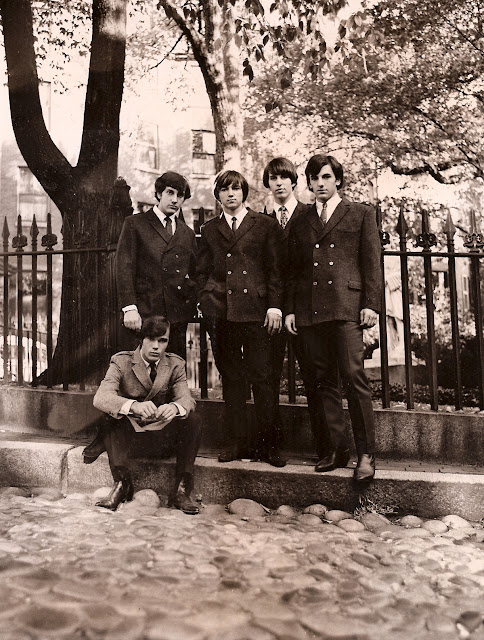


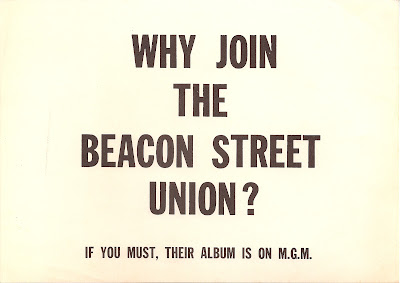
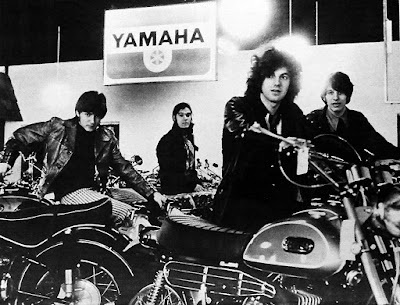
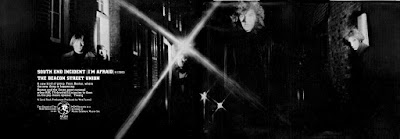

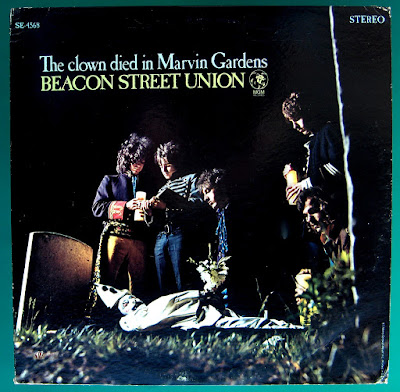

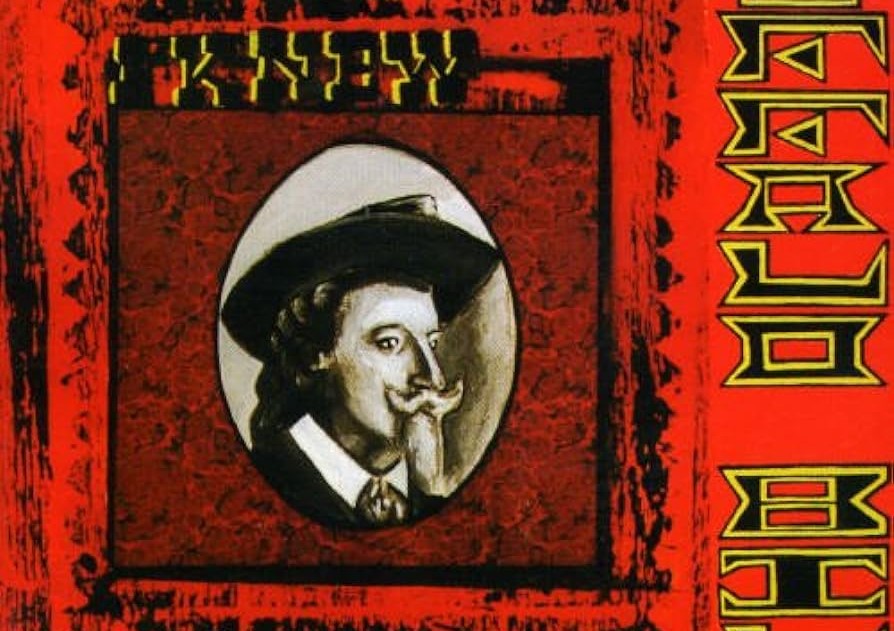
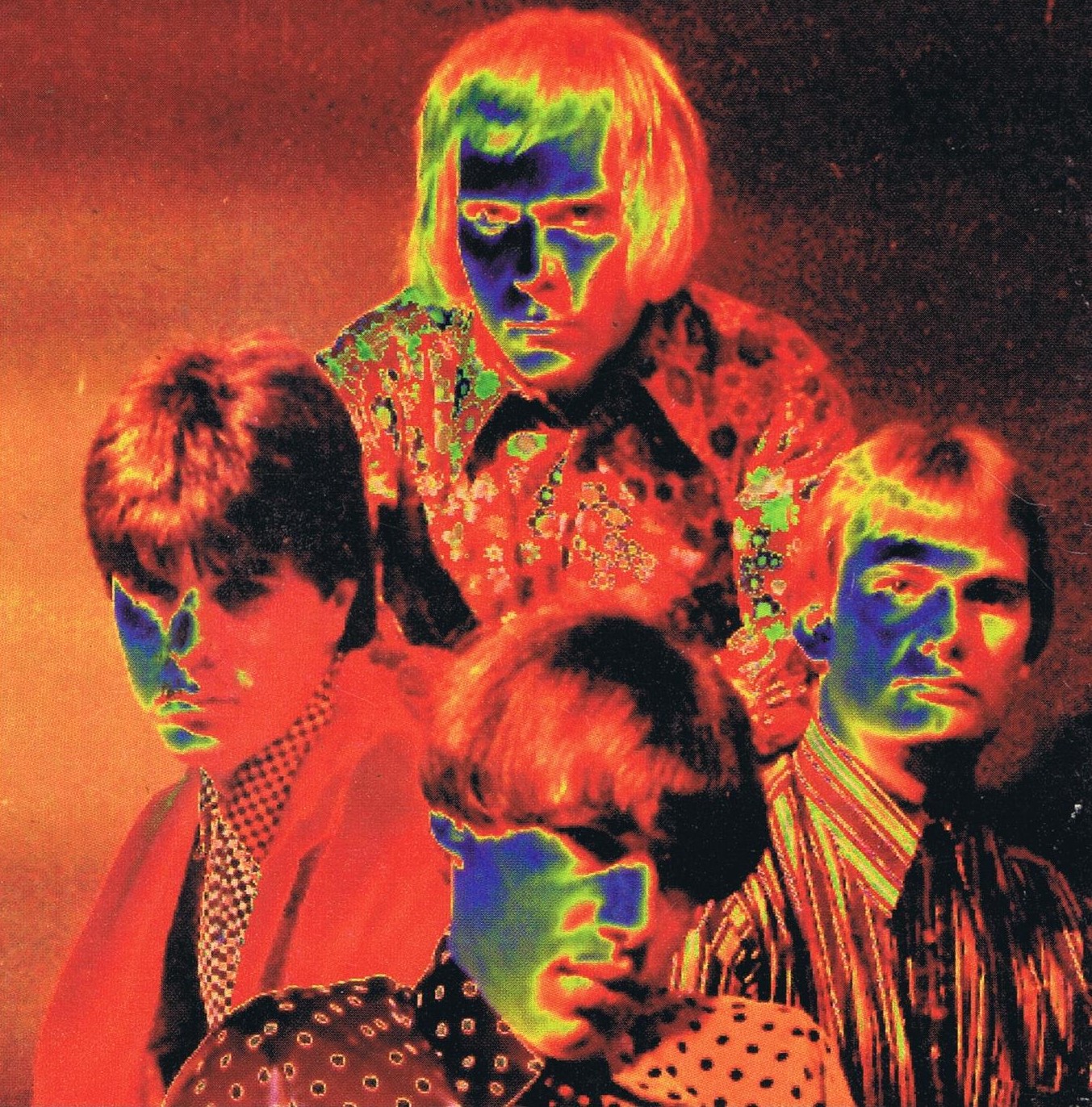
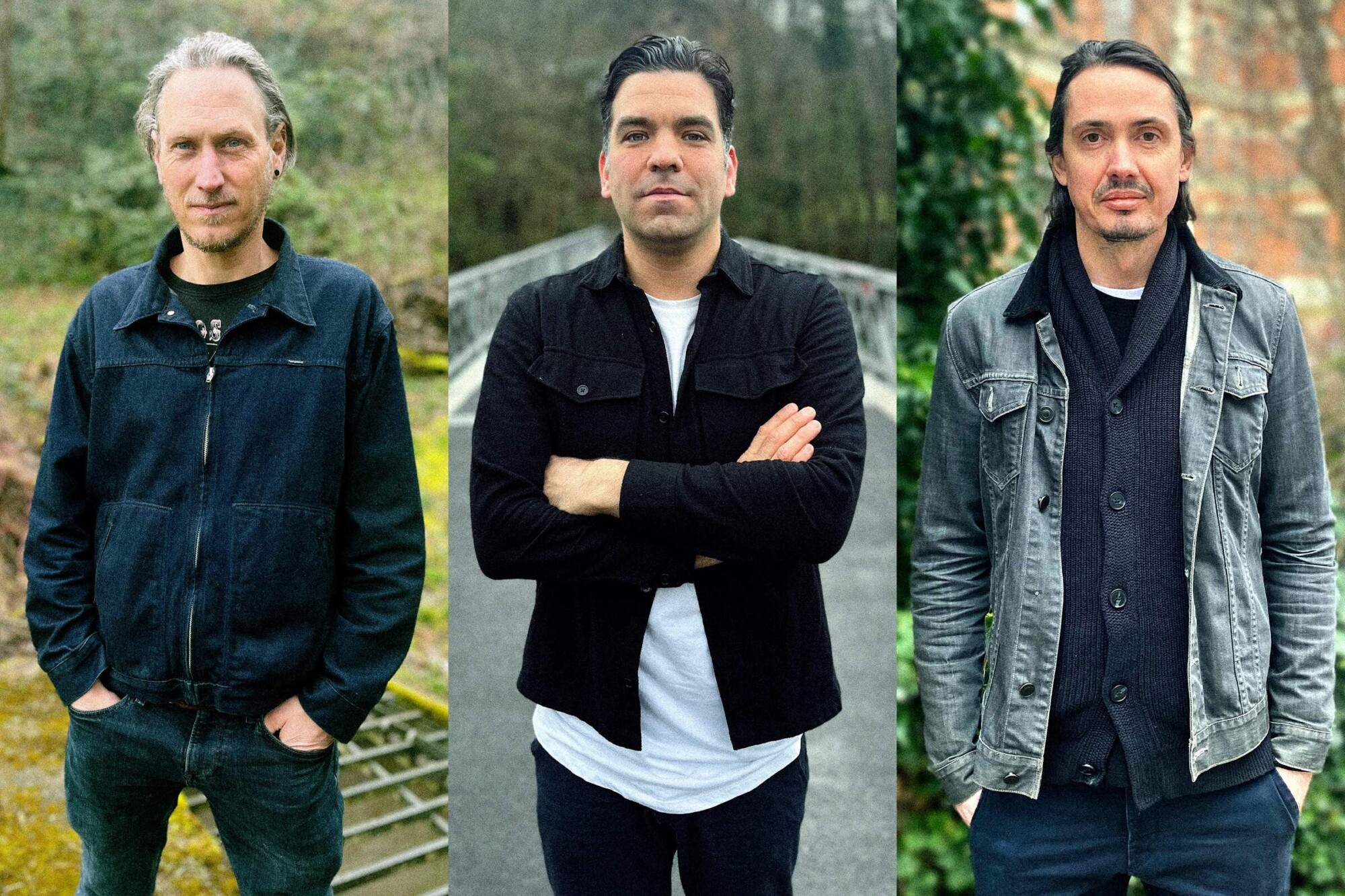
Great group. Great interview. Love both albums.